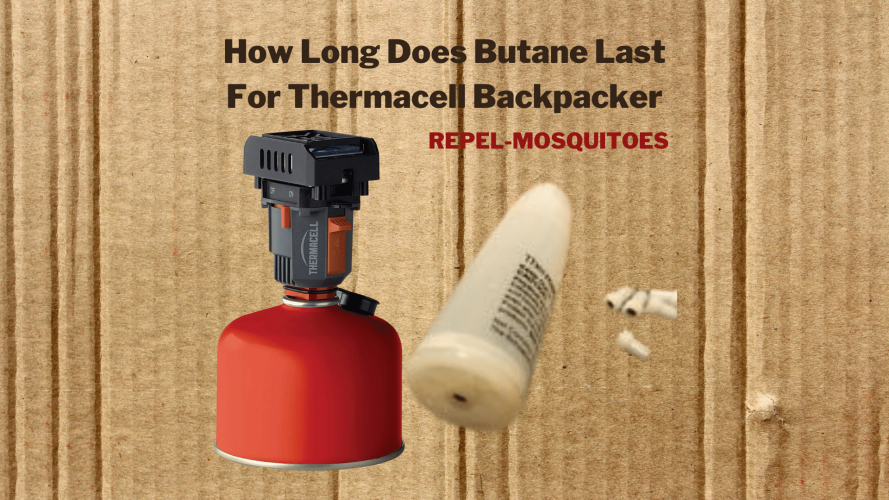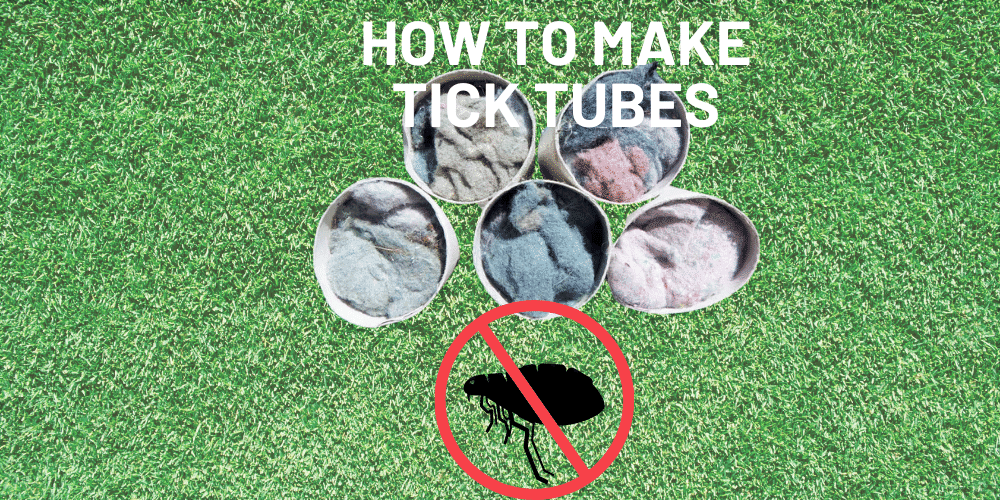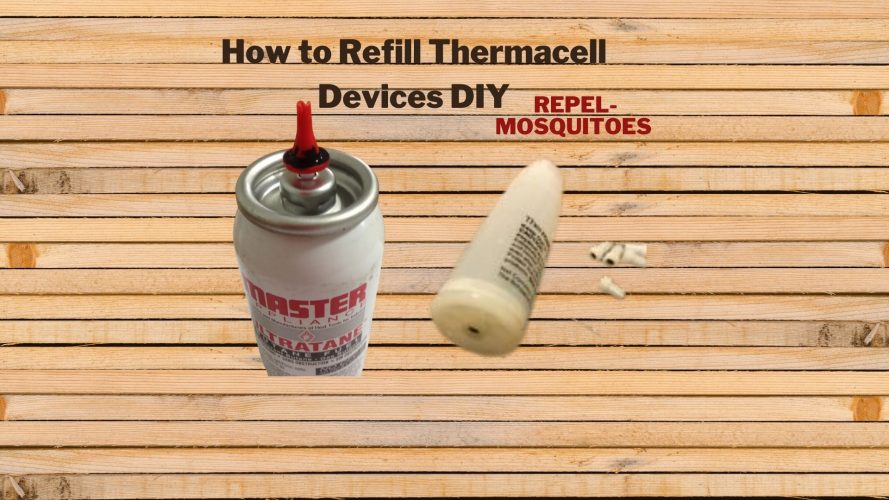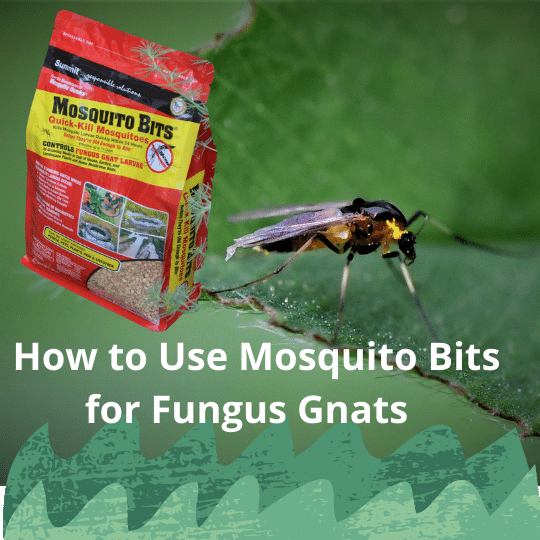If you’re wondering how mosquito coil is made, you’ve come to the right place. The Policies of Different manufacturers are different. Usually, the manufacturer uses various natural ingredients such as eucalyptus, citronella, and turmeric powder.
The first step is to mix them with certain nonactive natural ingredients. Most of them come from the coil coconut shell powder, sawdust, tapioca, starch, powder, and adhesive made from the bark and leaves of the different plants.
Then, they add only active chemical ingredients such as “meadow flu Tharin” because its vapors are toxic to mosquitoes’ nervous systems yet harmless to humans. After that, a conveyor belt transports it to an extruder that squeezes the paste through slot-shaped dye-producing sheets approximately four millimeters thick. A stamping machine then punches out seven coils per sheet of the leftover pace.
Then it travels back to the extruder to be reformed into fresh sheets after the coils for five and a half hours.
It comes out of the drying chamber. After conducting another visual inspection, workers transfer the dried coils to the automated packing line, the machines in the first station stack the coils, and piles of five workers place a metal coil stand on each stack.
Then the Machine’s next station packages each stack in the transparent plastic film. The package holds some coils tightly together. But they don’t rattle against each other and get damaged. It also prevents the scent from dissipating before use at the next station.
A high-speed robotic arm grabs and opens the retail boxes aligning them.
The Machine inserts a package of coils into each box. Then closes the box, provided they’re kept sealed in their plastic container and stored away from moisture. The active ingredients remain effective for at least ten years.
The Inception of Mosquitoes coils
In the early 1900s, entrepreneurs in Japan invented the coil. A Japanese couple developed the first mosquito coil in the late nineteenth century. These early devices were handmade but later began to be manufactured with machines.
The coils are being used by many people throughout Asia, including in Japan and China. Numerous studies have proved the effectiveness of this product. Despite its drawbacks, mosquito coils remain an effective method of controlling the number of mosquitoes around you. And, as an added benefit, they’re a great way to save money!
The original mosquito coils were made with pyrethrum paste, but modern coils are made of plant-derived and pyrethroid insecticides, which are relatively safe for humans to inhale.
The Benefit of using Mosquitoes Coils
There are many benefits to using mosquito coils if you choose to use them. They limit the number of mosquitoes, but they also repel them. These mosquito repellents can last for up to six hours and effectively control nuisance bites and reduce disease risks. But how does it work? To find out more, read on!
The Materials varies from age to age
Previously, the coils were made from dried pyrethrum paste. Today, they are usually made of plant-based and pyrethroid insecticides. A pyrethroid-based mosquito coil is an effective repellent against mosquitoes.
The coils that the Environmental Protection Agency has approved are safe to use. An insecticide is an excellent option for indoor use.
Another effective way to repel mosquitoes is to mix lemon juice with white vinegar. This product has a pungent odor. Add some citronella or eucalyptus essential oils to create a repellent with a lemon smell. The lemon juice is an excellent anti-mosquito spray.
Can mosquito coils be used indoors?
There are many misconceptions about the effectiveness of mosquito coils, including that they’re unsafe for use indoors. But that’s not the case. The first issue is that they are not safe to use indoors. Some coils contain hazardous substances, which can cause an allergic reaction or trigger asthma. In addition, some users report experiencing headaches after using a coil. However, this problem is not as bad as you might think, and you should never use a mosquito coil inside your home.
Another common concern is that mosquito coils can release smoke, which is unhealthy for humans. The smoke from a burning mosquito coil contains toxins and may cause respiratory irritation. It’s essential to understand the health risks associated with mosquito coils. The pyrethrin residue from these products is bad for your lungs. It would help if you used coils only in areas with good ventilation.
In addition, never place these devices near flammable materials. They can cause an explosion. Moreover, mosquito coils should not be used on combustible materials. Regardless of the risk, the research suggests that mosquito coils are a great way to protect your family and home if you’re concerned about the health risks. In Asia, this method of mosquito control is not recommended in most homes. Mosquito coils can be used indoors, but awareness is mandatory.
In the end, we were able to get a better understanding of how is Mosquito Coil Made? There seems to be a lot of companies that make them, and there’s a surprisingly large number of materials they’re all made out of. Except for the primary ingredients, it looks like other factors play a greater role in determining how good (or bad) they are.
YOU MAY LOVE TO READ
How long do mosquito coils last
Are Mosquito Coils Toxic to Dogs? Tips How to Treat
Do Mosquito Coils Kill or Repel?
The Side Effects of Mosquito Coils
What Are Mosquito Coils and Do They Work
How to Make Mosquito Coil Using Lemongrass
How to Use Mosquito Coil Holder




